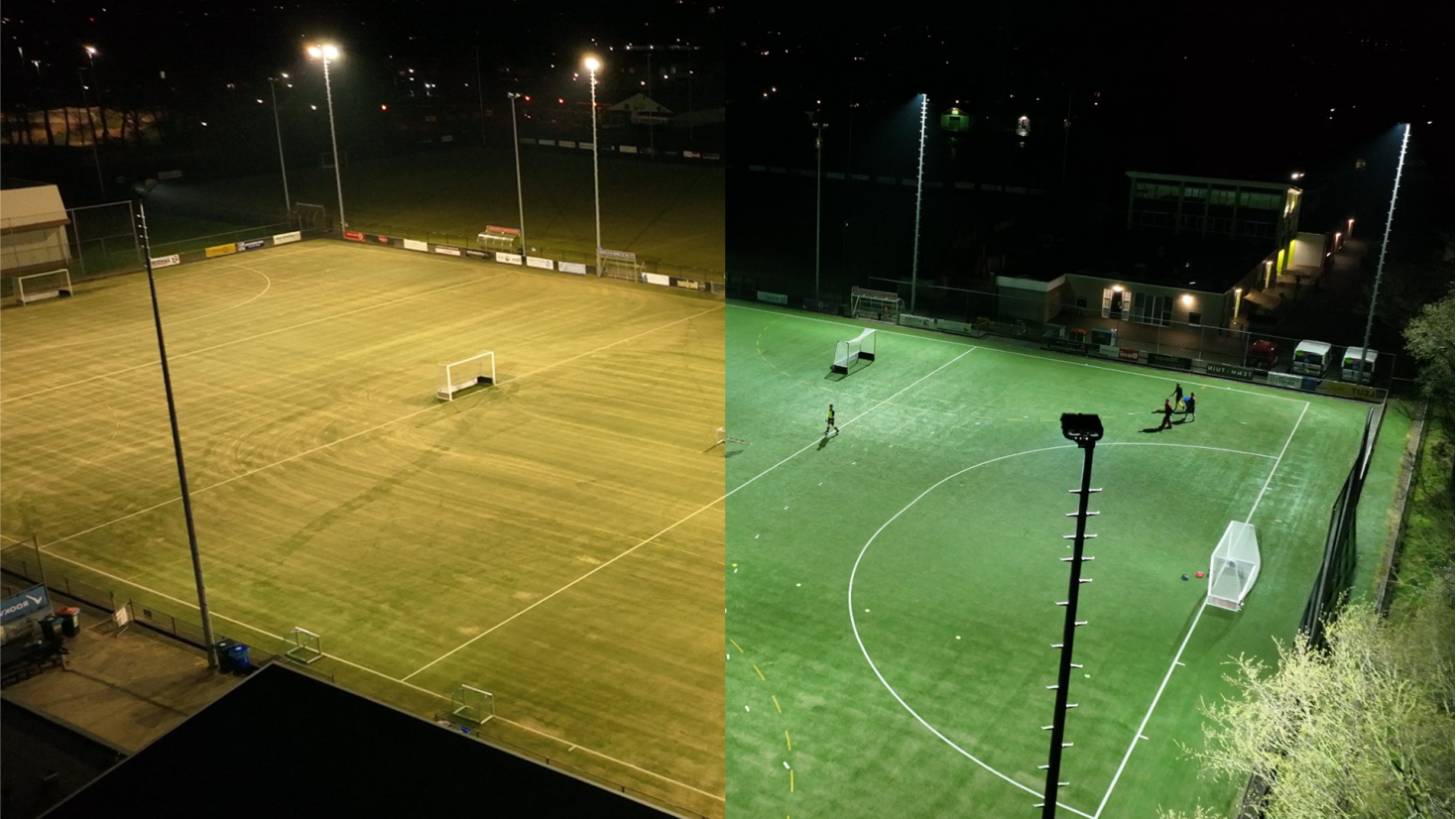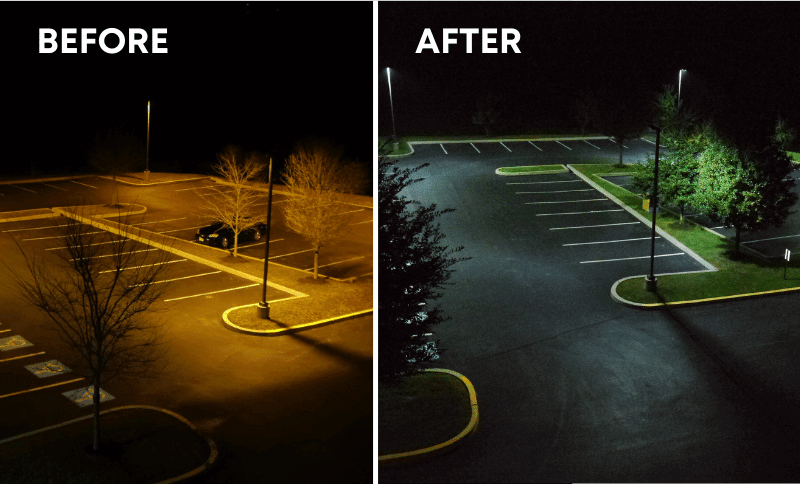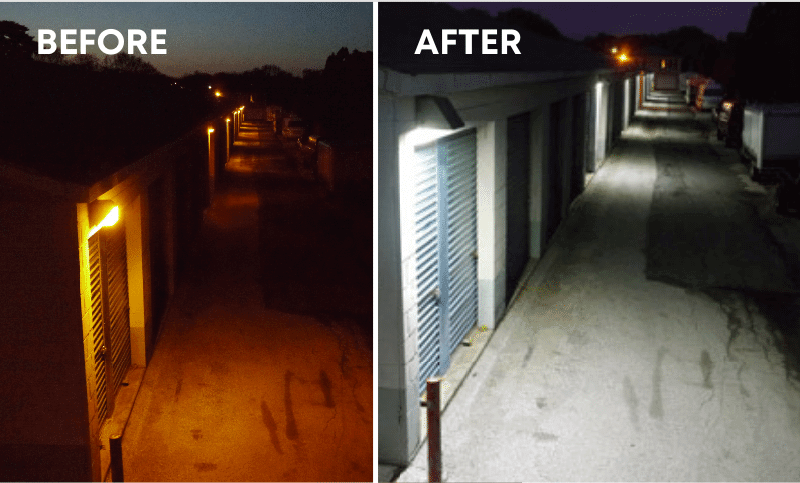LED lights are replacing traditional lighting technology across a wide spectrum of lighting applications. They are useful for interior lighting, exterior lighting, and small lighting in mechanical applications.
Retrofitting your facility means that you’re adding something new (such as a technology, component, or accessory) that the building didn’t previously have or that wasn’t a part of the original construction. The term “retrofit” is very much a synonym with the term “conversion.” In the case of lighting, most retrofits that are happening today are LED lighting retrofits.
Metal halide lamps have been a mainstay in sports lighting for decades. Metal halides were recognized for their efficiency and brilliance in comparison to conventional incandescent lighting. Despite the fact that metal halides have served their function effectively for decades, lighting technology has advanced to the point that LED lighting is now regarded as the gold standard in sports lighting.

Here’s why you need a LED lighting retrofits solution :
1. LED’s Lifetime is longer
A metal halide lamp has an average lifetime of 20,000 hours, whereas an LED light fixture has an average lifespan of about 100,000 hours. In the meantime, metal halide lamps often lose 20 percent of their original brilliance after six months of usage.
2. LEDs are brighter
LEDs not only last longer, but are generally brighter. A 1000W metal halide lamp produces the same amount of light as a 400W LED lamp, which makes a major selling point for LED lighting. Therefore, by converting metal halide to LED lights, you’re saving tons of power and money on your energy bill, a choice that will benefit both the environment and your wallet.
3. LEDs need less maintenance
Metal halide lights need regular maintenance and replacement to maintain the lighting standard of your clubs. LED lights, on the other hand, because of their extended lifetime, do not need much maintenance.
4. LEDs are less costly
Yes, the initial cost of LED lights is more than typical metal halide lights. But the long-term savings significantly surpass the initial cost.
As stated in point 2, LED lights use substantially less power to reach the same level of brightness as metal halide lamps, enabling you to save money on your electricity bill. In addition, as stated in point 3, there are essentially no maintenance expenses connected with LED lighting, which represents an additional substantial savings over the long run.
5. Less spill light
The light emitted by metal halides is omnidirectional, which means that it is emitted in all directions. This is troublesome for illuminating outdoor spaces such as tennis courts and football ovals since the absence of directional lighting increases the unwanted spill lights. In contrast, the light emitted by LED light is directional, meaning that it may be focused in a particular direction, so minimizing the problem of distracting or spill lights.
6. No ‘warm-up’ time required
Typically, metal halide lights must be activated a half-hour before the start of night play on a full-sized athletic field. During this period, the lights have not yet achieved maximum brightness, but the energy used during the “warm up” period will still be charged to your electric account. Unlike LED lights, this is not the case. LED lights attain maximum illumination immediately upon activation, and they do not need a “cool down” time after usage.
7. Retrofit is easy
Many LED lights use the same structure as conventional metal halide lamps. Therefore, the transition to LED lighting is very painless and unobtrusive.


Post time: Sep-30-2022





